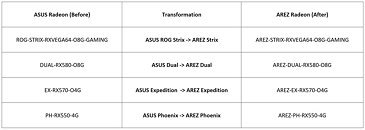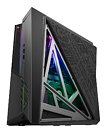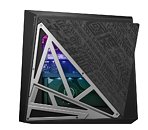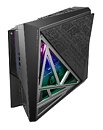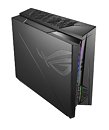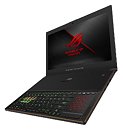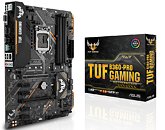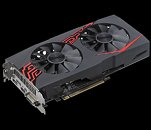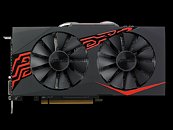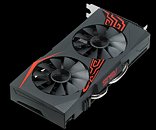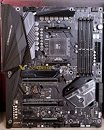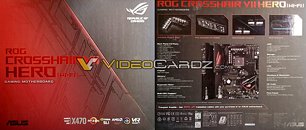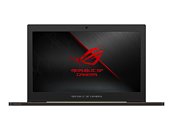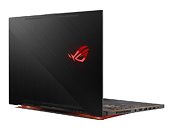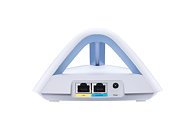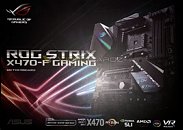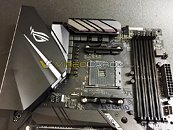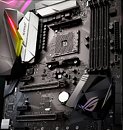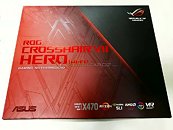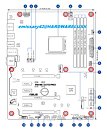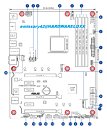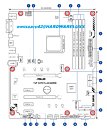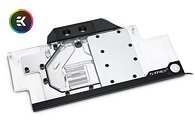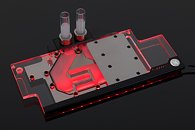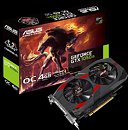
In Aftermath of NVIDIA GPP, ASUS Creates AREZ Brand for Radeon Graphics Cards
Graphics card manufacturers are gradually starting to align their gaming brands with NVIDIA to get admission into the exclusive GeForce Partner Program (GPP). Although there isn't any official confirmation on behalf of the NVIDIA AIB partners, small but significant changes are starting to become evident. The first example comes from Gigabyte's Aorus gaming line. Gigabyte currently offers the Gaming Box external graphics enclosure with a GeForce GTX 1070, GTX 1080, or a Radeon RX 580. If we look at the packaging closely, we can clearly see that the RX 580 box lacks the Aorus branding. However, Gigabyte isn't alone though. MSI is apparently in favor of GPP too as they remove all their Radeon Gaming X models from their global website. Take the Radeon RX 580 for instance. The RX 580 models from the Armor lineup are the only ones present. Surprisingly the US website still carries the Gaming X models.
The latest rumor suggests that ASUS is the third AIB partner to jump on the GPP bandwagon. The Taiwanese manufacturer is allegedly creating the AREZ brand to accommodate their Radeon products. The AREZ moniker probably alludes to the Ares series of dual-GPU graphics cards historically centered around AMD GPUs. If this rumor is true, the Strix, Dual, Phoenix, and Expedition Radeon models are going to fall under the new AREZ branding. ASUS might even go as far as dropping their name from the AREZ models entirely.
The latest rumor suggests that ASUS is the third AIB partner to jump on the GPP bandwagon. The Taiwanese manufacturer is allegedly creating the AREZ brand to accommodate their Radeon products. The AREZ moniker probably alludes to the Ares series of dual-GPU graphics cards historically centered around AMD GPUs. If this rumor is true, the Strix, Dual, Phoenix, and Expedition Radeon models are going to fall under the new AREZ branding. ASUS might even go as far as dropping their name from the AREZ models entirely.

